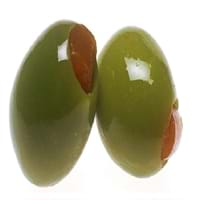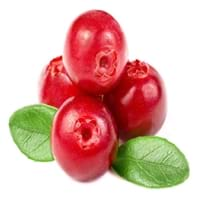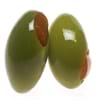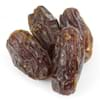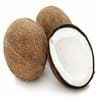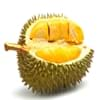Health Benefits
Cancer prevention, Helps in cartilage regeneration, Prevents macular degeneration, Treatment of alzheimer's disease
Cancer prevention, Heart care, Kidney stone treatment, Scurvy treatment, Ulcer prevention
General Benefits
Anti oxidant properties, Anti-inflammatory properties, Boosts immune system, Controls blood pressure, Digestive aid, Maintains healthy cholesterol level
Anti-inflammatory properties, Boosts immune system, Digestive aid, Fights against infections, Strengthens bones
Skin Benefits
Hydrates skin, Skin rejuvenation, Treatment of skin diseases
Anti-aging benefits, Reduces wrinkles, Skin rejuvenation, Treatment of acne
Hair Benefits
Acts as moisturizer, Good conditioner, Regulates hair growth
Promotes longer and healthier hair, Protects hair, Treatment of dandruff
Allergy Symptoms
NA
Anaphylaxis, Breathing difficulty, Itching, Skin rash, Swelling of mouth, tongue or lips
Side Effects
Affects blood glucose levels, Dizziness, Stomach pain
Allergic reaction, Diarrhoea, Nausea, Stomach pain, Vomiting
Best Time to Eat
Hardly eaten raw, Olive oil is consumed for many purposes.
Any time except an hour after meal, Don't consume at night and before bed
Vitamin B5 (Pantothenic Acid)
Vitamin C (Ascorbic Acid)
Vitamin K (Phyllochinone)
Calories in Fresh Fruit with Peel
Calories in Fresh Fruit without Peel
Not Available
Not Available
Calories in Frozen Form
Not Available
Season
Spring, Summer
Autumn
Varieties
Manzanillo, Sevillano, Mission, Ascolano, Barouni, Gordal, Rubra and Picholine
Early Black, Howes, Ben Lear and Stevens
Color
Black, Green, Purple, Yellow
Red
Taste
Bitter
Bitter, Tart
Origin
Eastern Mediterranean Region
North America
Soil Type
Well-drained
Clay, Sandy, Well-drained
Climatic Conditions
Warm to hot climate
Warm
Facts about
- In ancient Greece, 1st eye shadow was made by adding olive oil in ground charcoal.
- The most expensive form of olive oil is Extra Virgin.
- Largest type of olive tree is known as donkey tree & smallest one is called bullet.
- Europeans thought the cranberry blossom looked like the head of a sandhill crane, hence the name Cranberry.
- They are also known as bounce berries as they bounce when they ripe.
- Cranberries do not grow in water.
Top Producer
Spain
United States of America
Other Countries
Algeria, Egypt, Greece, Italy, Morocco, Portugal, Syria, Tunisia, Turkey
Azerbaijan, Belarus, Bulgaria, Canada, Latvia, Macedonia, NA, Romania, Tunisia, Ukraine
Top Importer
United States of America
Europe
Top Exporter
Italy
United States of America
Botanical Name
Olea europaea
Vaccinium Macrocarpon
Synonym
Not Available
Oxycoccus macrocarpus
Subkingdom
Tracheobionta
Tracheobionta
Division
Magnoliophyta
Magnoliophyta
Class
Magnoliopsida
Magnoliopsida
Subclass
Rosidae
Dillenhidae
Family
Oleaceae
Ericaceae
Species
O. europaea
Vaccinium macrocarpon
Generic Group
Olive
Heath
Difference Between Olive and Cranberry
We might think that Olive and Cranberry are similar with respect to nutritional value and health benefits. But the nutrient content of both fruits is different. Olive and Cranberry Facts such as their taste, shape, color, and size are also distinct. The difference between Olive and Cranberry is explained here.
The amount of calories in 100 gm of fresh Olive and Cranberry with peel is 115.00 kcal and 46.00 kcal and the amount of calories without peel is Not Available and Not Available respectively. Thus, Olive and Cranberry belong to and category.These fruits might or might not differ with respect to their scientific classification. The order of Olive and Cranberry is Lamiales and Ericales respectively. Olive belongs to Oleaceae family and Cranberry belongs to Ericaceae family. Olive belongs to Olea genus of O. europaea species and Cranberry belongs to Vaccinium genus of Vaccinium macrocarpon species. Beings plants, both fruits belong to Plantae Kingdom.
